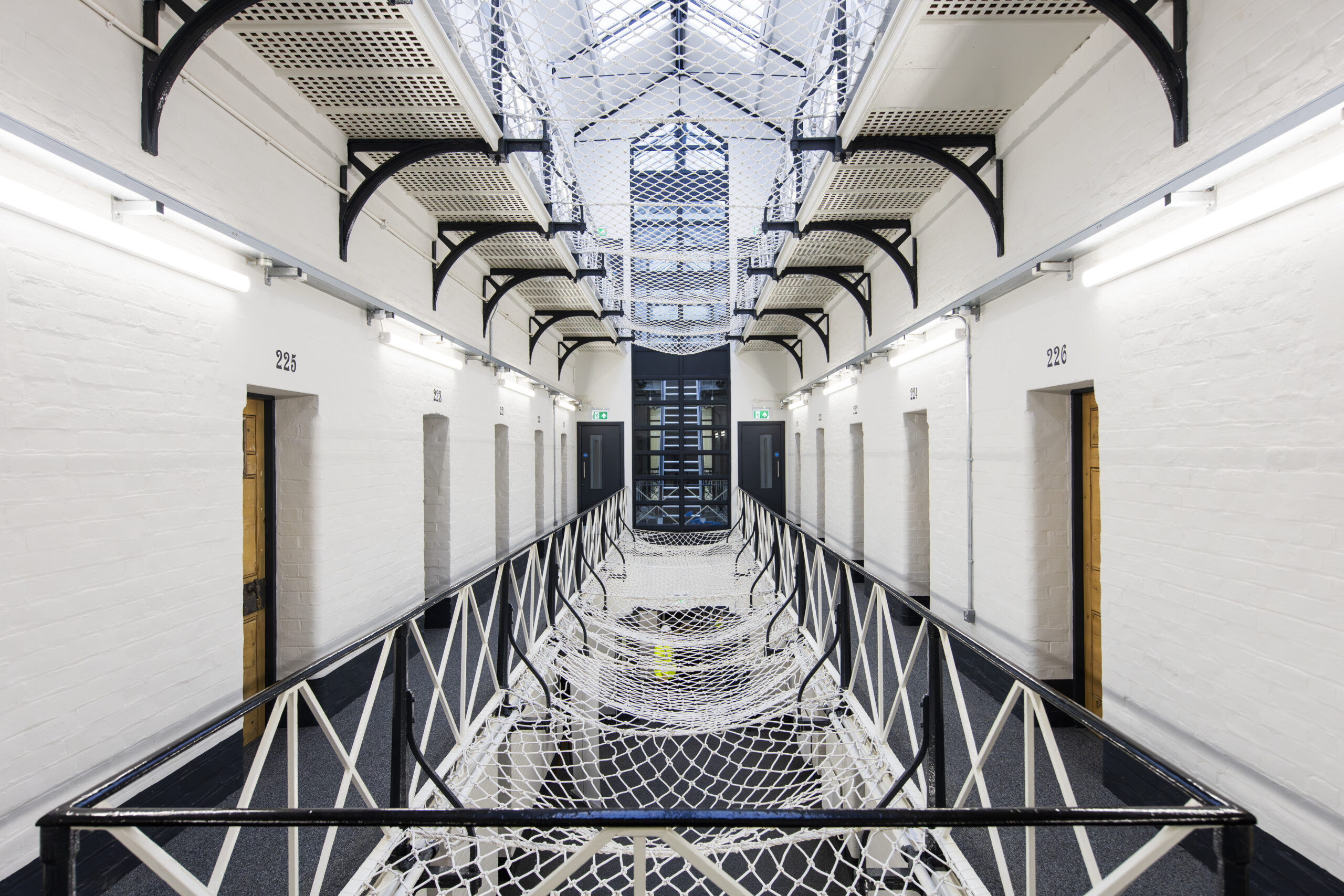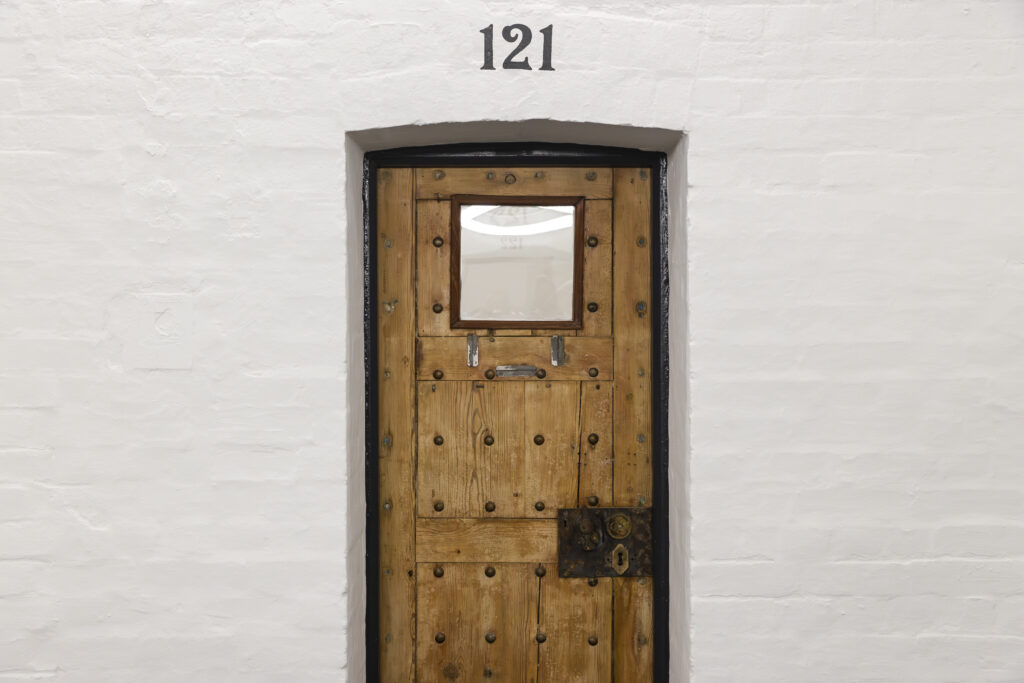The Alford Schools of Military Music (ASoMM) project team recently celebrated a significant achievement, winning the Sustainable Procurement & Construction Award at the Ministry of Defence Sanctuary Awards.
This accolade recognises the team’s exceptional work in transforming a former military prison into a state-of-the-art training facility for Navy and Army musicians.
Celebrated for over 30 years, the MOD Sanctuary Awards recognise projects that benefit sustainable development, and help to conserve the environment, natural resources and heritage across Defence’s UK and overseas estate.
A Historic Transformation
The former prison at HMS NELSON in Portsmouth, constructed in 1834 as a Military Detention Quarters, has undergone extensive refurbishment to provide shared practice space for the musicians of the Royal Marines and the Royal Corps of Army Music.
The project’s focus was the refurbishment and development of Gibraltar Block at HMS Nelson, a structure of significant architectural value and historical richness. The block, originally built with solid brick walls in the Flemish Bond Pattern, housed 28 cells across two storeys. In the 1890s, it was expanded to include 18 bays over three storeys, increasing the cell count to 108.
However, the block suffered substantial damage during a bombing in the 1940s, leading to the loss of the north-east wall and damage to five bays. Repairs were conducted around 1950, but these fixes proved to be temporary solutions.
As the project progressed, it was discovered that both the internal and external walls were bowing due to the corrosion of the internal wall ties, causing the two walls to separate over time. The repair work involved the reintroduction of lateral Helibar restraints to the newly constructed external wall panels. Damaged bricks on the external walls were replaced and embedded with a historic lime/sand mortar.
Through these careful construction methods, the team was able to rectify the bowing walls while preserving the original historic design intent of the building.
Preserving History, Building the Future
The refurbishment process was a delicate balance of preserving the building’s historical integrity while modernising it to meet the needs of today’s musicians. The prison cell blocks, with their thick walls that absorb sound, were ideal for use as individual and small ensemble practice rooms. The cells were fitted with acoustic panelling soundproofing to create a noise-compliant area for musicians to practise.
To retain the historical context, original features such as hammock hooks, floor and ceiling vents were preserved. The heavy nail-studded wooden doors were stripped of layers of paint and coated in a fire-resistant clear varnish, preserving the aesthetic heritage of the building.
Uncovering Hidden Treasures
During the refurbishment, the building often revealed its history in surprising ways. A stash of contraband was found concealed behind the window of one cell, including cigarettes, books and metal polish. Graffiti dating back to 1864 was also uncovered, along with the name of a sailor from HMS WARRIOR scratched into the brickwork. These discoveries will be exhibited behind a clear screen to protect and preserve the heritage.
A Collaborative Effort
The project was driven by a team from Army HQ DEO, DIO, Royal Navy, KBS Maritime and CONCEPT Building Services. Significant input from Historic England and the Local Authority ensured that the potential of the Grade 2 listed building was realised throughout design and construction, with aspects of its heritage preserved.
A New Era for Military Musicians
Military musicians from the Navy and Army can now share exemplar facilities and professors in this distinctive and atmospheric setting. The bespoke benefits of co-location include developing knowledge through collaboration and improving overall morale, thanks to provision of modernised, comfortable, fit-for-purpose surroundings, which still retain the historical flavour of the original building.
While the team’s success serves as an inspiring example of sustainable development and heritage preservation, it’s equally a story of overcoming unexpected challenges, problem-solving, and innovation. This project truly embodies the spirit of honouring our past while building for the future








